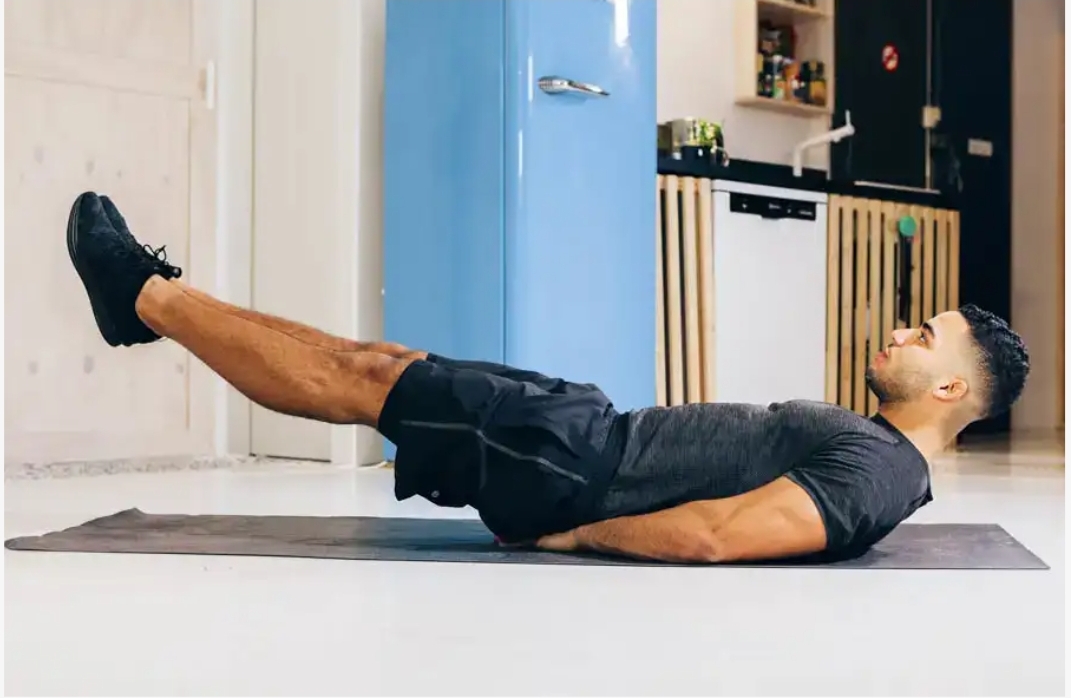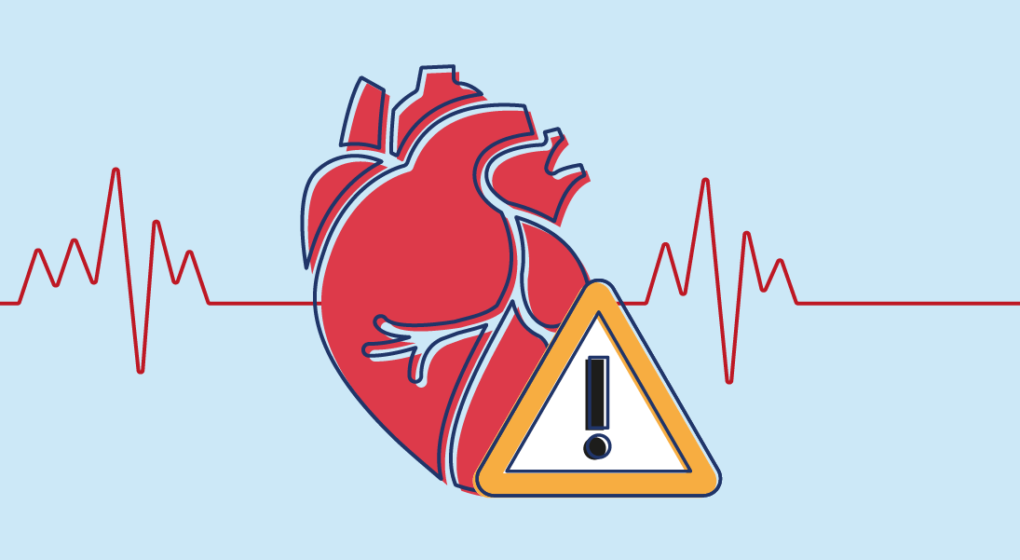Starting on a journey into Pilates can be an exciting experience, especially for those attending their first session. This article focuses on demystifying the experience, ensuring newcomers are fully prepared for what lies ahead. By understanding the structure and essence of beginner Pilates classes, participants can set realistic expectations, embrace the learning curve, and cultivate a mindset geared toward personal growth and physical improvement.
Prelude to Pilates: Setting the Stage
Pilates is a form of exercise that emphasises body control, muscle strengthening, flexibility, and mental awareness. It has gained widespread popularity as a holistic approach to physical fitness. Before stepping foot into a class, it’s beneficial to familiarise oneself with the core principles of Pilates, including precision, flow, and breath. These principles guide the exercises and enrich the overall experience by fostering a deep connection between mind and body.
Navigating Your First Class: A Sequential Overview
Upon arrival, newcomers are often greeted with a warm, welcoming atmosphere that puts them at ease. Instructors typically begin with a brief introduction to Pilates, highlighting its benefits and class structure. Participants are then guided on a tour of the studio, with a special focus on the Reformer machines, a staple in many Pilates workouts. Understanding the equipment’s role and how to use it safely is crucial for a productive session.
Warm-Up: Laying the Foundations
Every class starts with a warm-up session to prepare the body for the exercises ahead. This segment focuses on breathing techniques and gentle stretches, which are instrumental in activating the core muscles. The warm-up serves as an essential foundation, enabling participants to engage the correct muscle groups and enhance their focus for the remainder of the class.
The Core of the Class: Diving into the Exercises
The main portion of a Pilates class involves a series of exercises conducted on the Reformer or using other apparatus like mats and small equipment. Instructors demonstrate each movement, offering modifications to accommodate various skill levels and physical limitations. This segment challenges participants to utilise their core strength, flexibility, and coordination. Each exercise builds upon the last to create a cohesive and challenging workout.
Cool Down: Reflection and Relaxation
As the class draws to a close, a cool-down phase allows the body to gradually return to a state of rest. This period includes stretches and relaxation techniques, providing an opportunity for reflection on the session’s achievements. The cool-down is as vital as the workout itself, promoting recovery and reducing the risk of muscle soreness.
Maximising Your Experience
To reap the full benefits of beginner Pilates classes, it’s important to attend regularly and maintain an open line of communication with instructors. They can offer personalised advice, modifications, and encouragement to help overcome challenges and achieve fitness goals. Additionally, embracing the community aspect of Pilates can significantly enhance the experience, as sharing the journey with others fosters a sense of camaraderie and mutual support.
Beyond the First Class
The first Pilates class is just the beginning of what can be a transformative journey. With regular practice, participants often notice improvements in posture, muscle tone, and overall well-being. The principles learned in Pilates extend beyond the studio, influencing daily movements and contributing to a healthier, more balanced lifestyle.
Stepping into a Pilates class for the first time can be both exciting and intimidating. However, with the right preparation and mindset, newcomers can quickly find their footing and begin to enjoy the myriad benefits that the exercise form has to offer. Whether the goal is to improve fitness, recover from an injury, or simply find a moment of peace in a busy day, Pilates provides a comprehensive approach to well-being that resonates long after the class ends.



